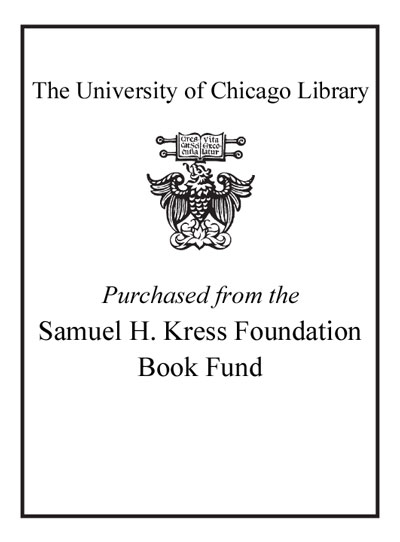Review by Choice Review
Clarke (Univ. of Hong Kong) offers an alternative reading to the traditional narrative of modern and contemporary art by arguing that water has played a profound role in European and Chinese art. In the first three chapters, arranged chronologically but further subdivided with monographic analyses, Clarke states that the representation of water and its materiality appear in the work of many Western artists. The ample illustrations and well-written prose support his argument that water's double presence--the author's terminology describing the signifier and signified of water--has allowed artists to foreground fluidity and dissolution, and in so doing to reference the unbounded, changing nature of art and the world. The last two chapters are among the strongest. In them, Clarke suggests that water's double identity in the work of Chinese artists should be viewed in light of the rhetoric of state ideology, and that in the work of contemporary artists in particular, its duality should be seen as a mechanism to undermine such ideology. This theme of water, as Clarke notes, has gone unnoticed. His study, however, presents an insightful new reading that will be of value to advanced students and scholars. Summing Up: Highly recommended. Upper-division undergraduates and above. J. H. Noonan Caldwell College
Copyright American Library Association, used with permission.
Review by Choice Review

